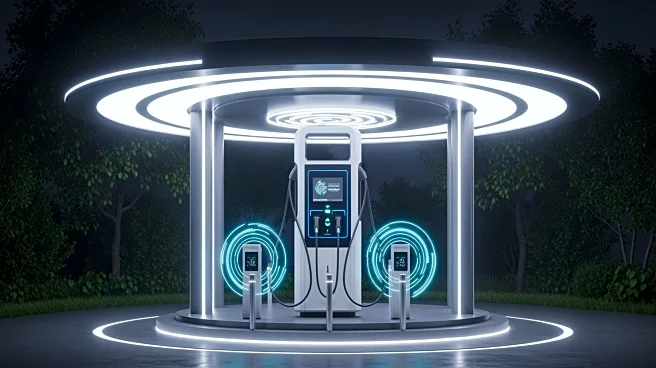What's Happening?
An Italian taxi driver, known as 'Taxi Desio', has driven his Tesla Model 3 over 600,000 kilometers on its original battery pack, showcasing the durability and longevity of electric vehicle batteries.
Despite the heavy use and frequent fast charging typical of a taxi service, the battery has maintained its performance with only a slight reduction in range. This real-world test challenges common assumptions about the lifespan of EV batteries, suggesting that with smart thermal management and conservative software, modern batteries can last longer than expected.
Why It's Important?
The achievement of Taxi Desio's Tesla Model 3 highlights the potential for electric vehicles to serve in demanding roles without frequent battery replacements, which is crucial for the adoption of EVs in commercial sectors. This endurance test provides valuable data for manufacturers and consumers, indicating that EVs can be a viable long-term investment. As battery technology continues to improve, future electric vehicles may offer even greater range retention, further reducing the total cost of ownership compared to traditional combustion vehicles.
What's Next?
The data from high-mileage EVs like Taxi Desio's Model 3 could influence future battery designs and management systems, aiming for even higher durability and efficiency. Manufacturers may focus on diversifying pack chemistries and enhancing battery management systems to learn from fleet data, potentially leading to EVs with longer lifespans and better performance. This could accelerate the transition to electric vehicles in both personal and commercial transportation sectors.
Beyond the Headlines
The success of Taxi Desio's Tesla Model 3 may shift public perception about electric vehicles, reducing fears about battery degradation and encouraging more consumers to consider EVs as a reliable option. This could also impact policy decisions, as governments and businesses look to support sustainable transportation solutions that offer long-term benefits.











